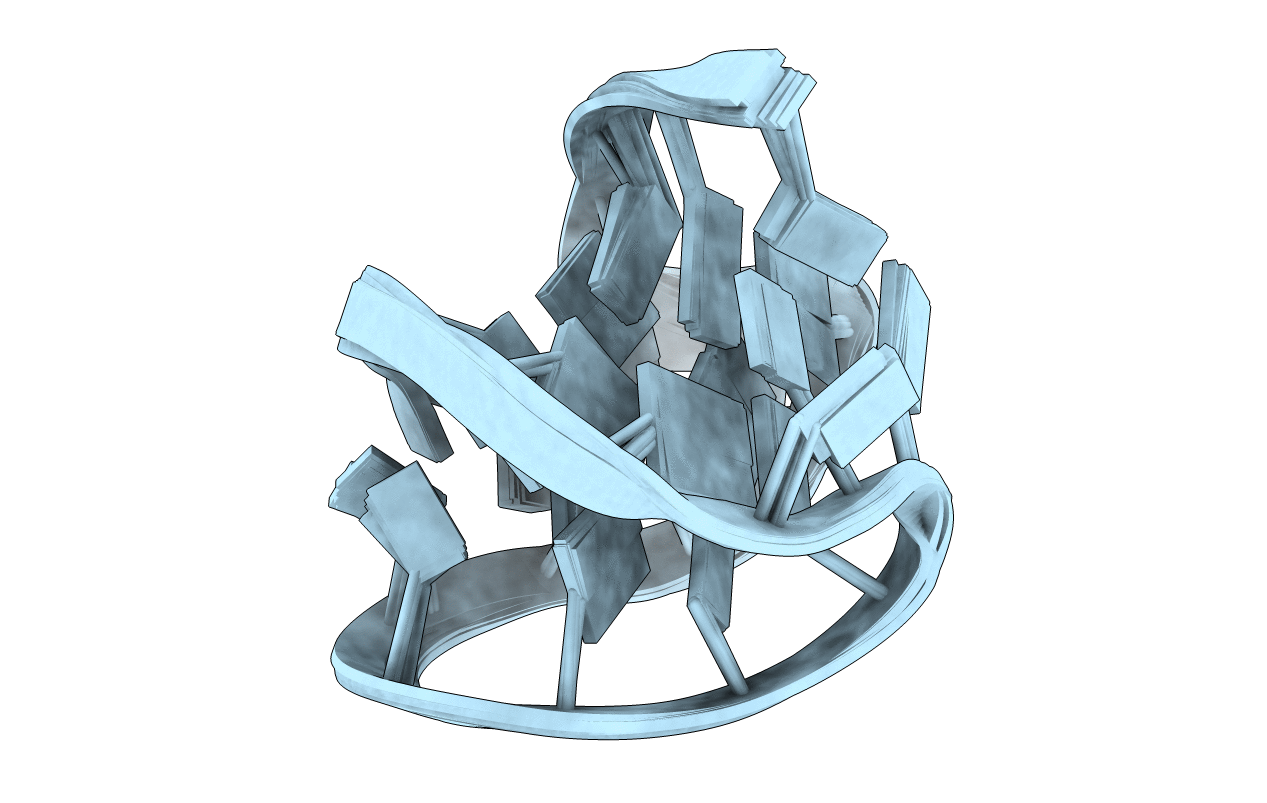
Deposition Date
2018-11-26
Release Date
2019-01-30
Last Version Date
2024-06-19
Entry Detail
PDB ID:
6IA0
Keywords:
Title:
Human telomeric G-quadruplex with 8-oxo-G substitution in the central G-quartet
Biological Source:
Source Organism:
Homo sapiens (Taxon ID: 9606)
Method Details:
Experimental Method:
Conformers Calculated:
100
Conformers Submitted:
12
Selection Criteria:
structures with the lowest energy


